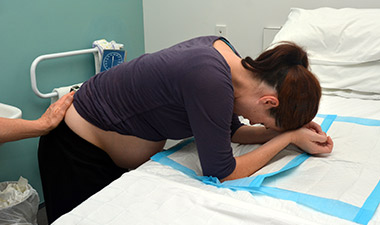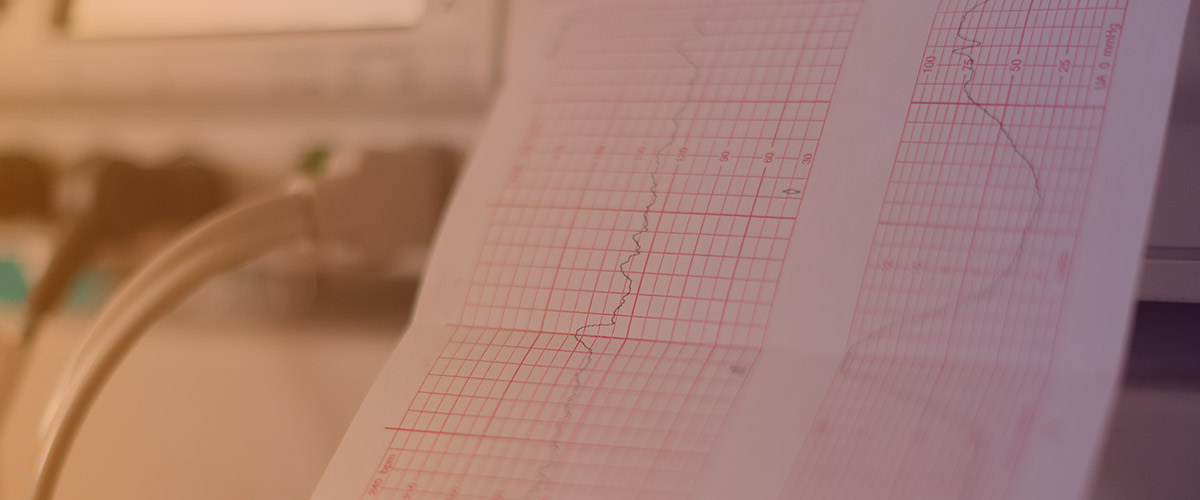Labour 101
What are the early signs of labour?
As you approach labour, there are a few signs that labour and delivery are imminent.
- Sometime in the last several weeks prior to delivery, the baby will ‘drop’. The baby’s head will descend into your pelvis. You may notice your belly looks lower, your breathing is a bit easier, but your need to urinate increases. For some women this doesn’t happen until just before labour.
- Sometime in the last several days, your vaginal discharge may change as the mucus plug that has sealed your cervix releases. This will look like a brownish or bloody discharge.
- You may have diarrhea.
- Your water may break (although for most this happens during labour). If your water breaks and you are at term, your health care provider may offer or recommend induction of labour. This balances the benefit of having ruptured membranes for a shorter period of time before delivery against the benefit of spontaneous labour.
- You may have irregular, periodic contractions. Once your contractions are happening every 5 minutes or less, it is usually an indication that labour is beginning. A convenient guide is to wait until there have been at least 10 contractions in an hour.
What happens over the course of labour and delivery?
While labour can be fast and furious, or slow and steady, all labours proceed through the same stages. For a first birth, the process usually lasts around 12-14 hours, once regular contractions are established. Subsequent labours and deliveries are usually shorter. The duration of first stage of labour (opening of the cervix) increases with maternal age and body mass index.
Stage 1 of labour – opening the cervix
There are three parts to this stage of labour:
Latent phase (0-4 cm). This stage involves irregular, increasingly frequent contractions. These contractions make your cervix thin (efface) and start to open so that your baby can pass through. This is the longest stage of labour. This is the longest stage of labour, and in a healthy term pregnancy you will typically be at home through this phase.
Active phase (4-8 cm). In this phase your cervix dilates more quickly, and your contractions become regular and more intense. You may feel strong pain or pressure low in your abdomen or in your back. For women delivering their first baby, progress of at least 0.5 cm per hour is considered normal. If you have a healthy, term pregnancy, you will usually be admitted at the beginning of this phase, once your cervix has dilated to 4 cm.
Transition (8-10 cm). This final phase of Stage 1 involves the full dilation of your cervix to 10 cm. Your contractions are very strong, intense, and frequent. They are 3-4 minutes apart and last from 60-90 seconds. You may start to feel the urge to push or feel strong pressure as you get close to being fully dilated.
Stage 2 of labour – pushing the baby out
Once your health care provider has determined that your cervix is fully dilated, you will be able to push. With your contractions, you will push your baby out of your uterus and through your vagina until you’ve delivered. As the baby descends you will feel a natural urge to push. With an epidural you may not have this sensation and may need to be coached when to push. Delivery takes around an hour for first babies but only about 15 minutes for subsequent deliveries.
Cutting the cord. Once the baby is born he or she will usually be placed on your chest to stay warm and be close to you. Delaying clamping of the cord will give the baby an extra supply of iron-rich blood. When it is time to cut the cord, this can be done by your partner or health care provider.
Stage 3 of labour – the placenta
After your baby is delivered, mild contractions continue to help your placenta to come out. The routine administration of oxytocin to stimulate these contractions at this time reduces the chance of major bleeding after delivery.

